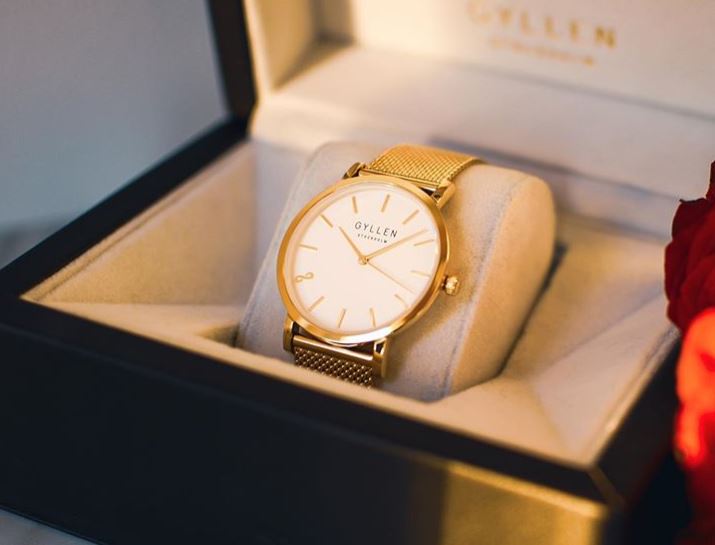
Communication in the fashion industry: half a century of change
Nowadays fashion can hardly spread out like in the past time: to follow the latest fad by now means to reinterpret fashion in one’s own way. When the companies sponsor their products, they have to sell “emotions” and the brand of every product has become a key point of the new marketing strategies, which are focused on the symbolic aspects of the product more than on its technical merits. That’s why fashion advertising is gaining artistic dignity. Nevertheless, when people decide what to buy and if to dress fashionably or not, they are influenced by which emotions and ideals the brand is able to evoke through advertising and need to identify with them.
Oliviero Toscani and “shockvertising” in Italy
Oliviero Toscani perfectly represents the change in fashion communication through the revolutionary advertisements he created for Benetton brand. With his work he has been able to reaffirm the concept on which the brand was hinged: United Colors of Benetton. refers to the harmony of the clothing colors but also to the harmony between the human races. Toscani’s unconventional and provocative style and his ability to combine social commentary to simple images, allowed him to work with several newspapers and griffe. Several famous museums exhibited his work that became known as “shockvertising”. For example, we could cite the case of the advertising campaign that Toscani created in 2007 for the brand Nolita, entitled “No anorexia – Nolita”. It showed a naked anorexic girl and wanted to focus on the problem of foodborne disease and of beauty unattainable models offered by fashion.
Fashion advertising, last century trends

There are more companies that have joined this communication style. Eredi Corazza, a company of the province of Rome specialized in the sale of footwear and accessories, has chosen to use as image for an advertising that of a woman lying on the ground, wearing ripped and lowered jeans, a raised shirt and a pair of black platform shoes. People protested with the Advertising Discipline Institute because of that very strong image. In 2013, instead, in a political context marked by the issue of Islamophobia, Italian brand Diesel by Renzo Rosso launched an international advertising campaign centered on the motto “I am not what I seem” that had as its protagonist a model with typical Western features and make up, tattooed arms, wearing a burka of jeans. This advertising has aroused the indignation of Muslims and feminists. In 2015 Diesel realized some provocative spots inspired by the concept of “Gender Neutral” and the following year the artistic director of the company Nicola Formichetti, announced that Diesel would advertise on the most famous porn and gay sites and said in an interview with Dazed: «We want to go where the people go. We will still invest in advertising spaces in magazines but we want to invest more in mobile, iPad, digital screens, websites and we also want to talk about the things that others do not want to talk about openly, like sexuality».
Communication through social networks
Leaving out the porn sites, it seems that lately many giants of luxury are increasing their investments in communication through social networks and lowering those on traditional media. Instagram is the best social network to reach young customers because it’s based on the use of amateur photos and is a visually very immediate means of communication. The main users of Instagram are the artists and the models play on it the role of fashion ambassadors.
Women on fashion advertising

On 21 January, 2017 in New York took place the march of the campaign WomenNotObjects, organized to emphasize the need for an attitude of equality toward women, also from the world of advertising. From the 70s to the present time there has been an evolution of the image of women in the beauty campaigns but if the woman previously was represented as a housewife, then has been exploited for its beautiful curves, today we must face the unattainable ideal of skinny girls parading on the haute couture.
What emerges from this analysis is the portrait of a woman who, through a long process of the man pursuit to reach her self-assertion, has evolved but is not entirely changed and still wants to identify with a brand and the ideologies that it represents.
Candy Valentino




